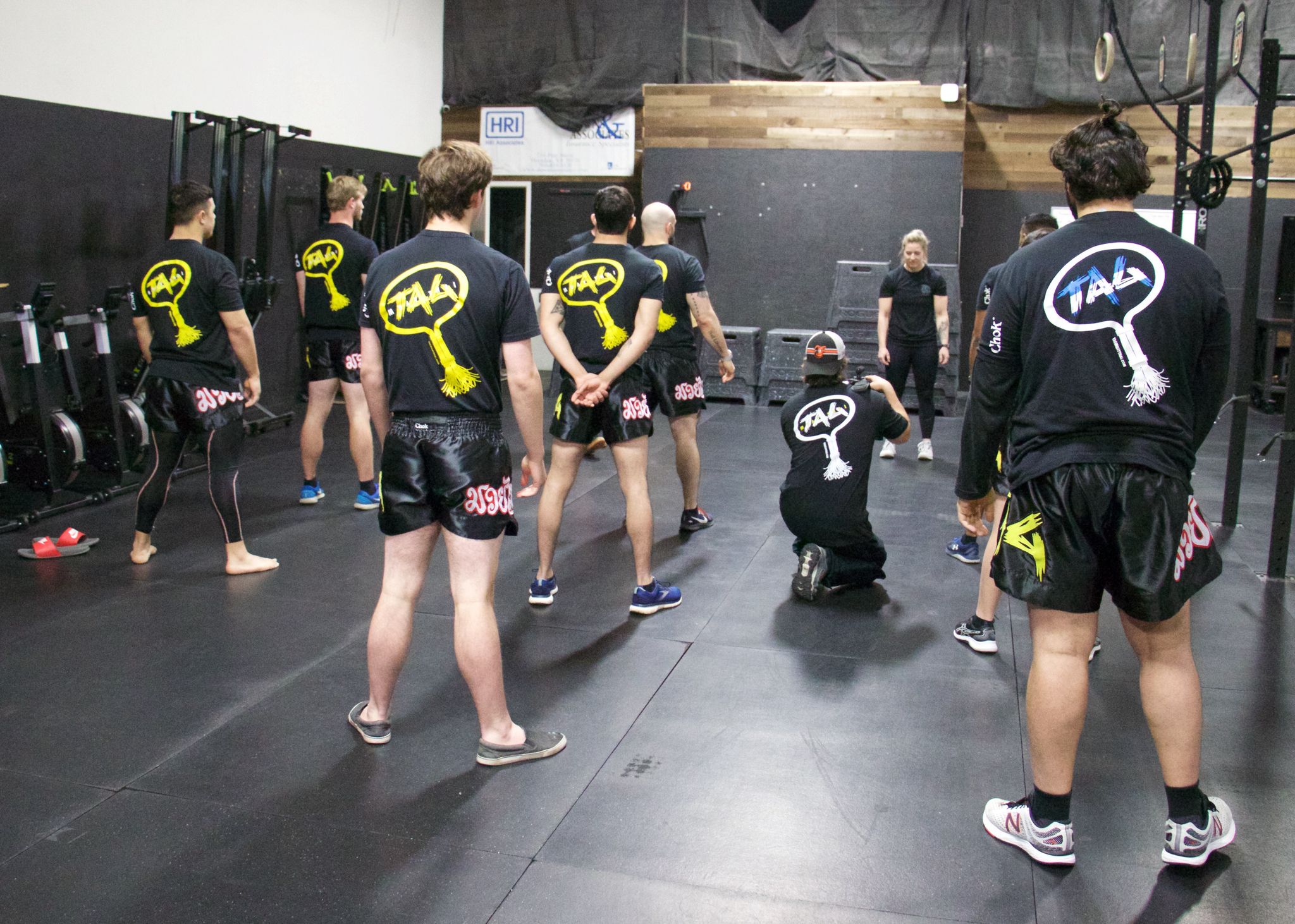Introduction
Ever wonder what it’s really like to train as a Muay Thai fighter at TAG? It’s more than just hitting pads and throwing punches. It’s a lifestyle that blends discipline, nutrition, mindset, and hard work from sunrise to sunset. Whether you’re considering joining TAG’s fight team, starting your fitness journey, or just curious, here’s a behind-the-scenes look at a day in the life of a TAG Muay Thai fighter.
https://youtu.be/dgaJRe43lYI
1. Muay Thai Fighter’s Morning Routine: Starting Strong with Purpose and Nutrition
The day begins early. Most TAG fighters start around 6:00 AM. The focus is on waking up the body and mind with a clear morning routine that includes:
- Hydration: A large glass of water with lemon and sea salt to replenish electrolytes.
- Stretching and breathwork: 10–15 minutes of light movement and breathing exercises.
- Light breakfast: Oatmeal, eggs, or a protein shake to fuel the first workout.
This sets the tone for the rest of the day: intentional, mindful, and performance-driven.

2. Early Conditioning: Building Endurance and Grit Before the Sun’s Up
By 7:00 AM, fighters begin their cardio or conditioning session. This includes:
- Roadwork: Running 3–5 miles to build cardiovascular endurance.
- Stair sprints or hill runs: Short bursts for explosive power.
- Jump rope drills: To improve timing, coordination, and footwork.
TAG athletes know that conditioning isn’t just physical—it’s mental. Every drop of sweat builds the grit they’ll need in the ring.
3. Mid-Morning Technical Session: Perfecting Muay Thai Skills
After a short break and refueling with a post-run snack, it’s time for the first Muay Thai training session of the day at 10:00 AM.
The focus? Technique and repetition.
- Pad work with coaches: Targeted drills to sharpen punches, kicks, knees, and elbows.
- Partner drills: Practicing clinch work, blocking, sweeps, and counters.
- Bag rounds: Solo drills to reinforce muscle memory.
This is where fighters refine their weaponry and experiment with new techniques. Coaches give real-time feedback to help athletes improve.

4. Nutrition and Recovery: Refueling the Fighter’s Body
Lunch comes around 12:30 PM, and it’s not just about eating—it’s about eating smart. Nutrition is tailored to support energy, performance, and recovery.
A typical TAG fighter’s lunch includes:
- Lean protein: Chicken, fish, or tofu
- Complex carbs: Brown rice, quinoa, or sweet potatoes
- Healthy fats: Avocados, nuts, and olive oil
- Vegetables and hydration: Always plenty of both
Post-lunch, fighters often take time for recovery: foam rolling, stretching, or even a power nap.
5. Afternoon Training: Strength & Conditioning at TAG
By 3:00 PM, fighters are back in the gym for a strength and conditioning session. This isn’t just about lifting weights—it’s about building functional strength for the ring.
Sessions often include:
- Compound lifts like deadlifts, squats, or overhead presses
- Core work: Russian twists, planks, leg raises
- Explosive drills: Plyometrics, kettlebell swings, battle ropes
- Shadowboxing with resistance bands
Everything is done with purpose. Every rep is meant to make them stronger, faster, and more resilient.

6. Evening Sparring: Applying Skills Under Pressure
By 6:00 PM, it’s time to put everything together in the evening sparring session. This is the most intense part of the day.
- Warm-up and drills: Loosen up the body.
- Controlled sparring rounds: 3-minute rounds with rotating partners.
- Clinch work and sweeps: Practicing control, balance, and timing.
- Feedback and breakdown: Coaches give instant corrections.
TAG’s coaches emphasize safety, technique, and learning—not just winning. Sparring is where fighters test their limits.
7. Post-Training: Cooling Down and Mental Reset
Training ends around 8:00 PM, but the day’s not over. Cooling down and mental recovery are just as important as physical work.
- Cool-down stretch or yoga
- Protein shake or light dinner
- Journaling to track progress and mindset
- Meditation or visualization for upcoming fights
TAG fighters understand that the mind is a muscle. Every night, they reinforce positive habits that build mental toughness and focus.
8. Balancing Life Outside of Training
Being a Muay Thai fighter isn’t just about training—it’s about balance. TAG fighters make time for:
- Family and relationships
- School or part-time work
- Community involvement and gym events
This balance helps them stay grounded and connected. Even the most focused fighters need support from the outside world.
9. Mindset of a TAG Fighter: Discipline, Humility, and Growth
What sets TAG fighters apart isn’t just how hard they train—it’s how they think.
- Discipline: Showing up on hard days.
- Humility: Always learning, never assuming they know it all.
- Growth mindset: Embracing every challenge as a lesson.
TAG’s culture is built on respect—for the sport, for each other, and for themselves.

10. Why This Routine Works: Building Champions from the Ground Up
This daily routine is intense, but it’s effective. TAG’s fighters have gone from beginners to champions by staying consistent, following the plan, and trusting the process.
Whether preparing for a smoker fight or an international bout, this routine gives them the tools to compete at their best.







